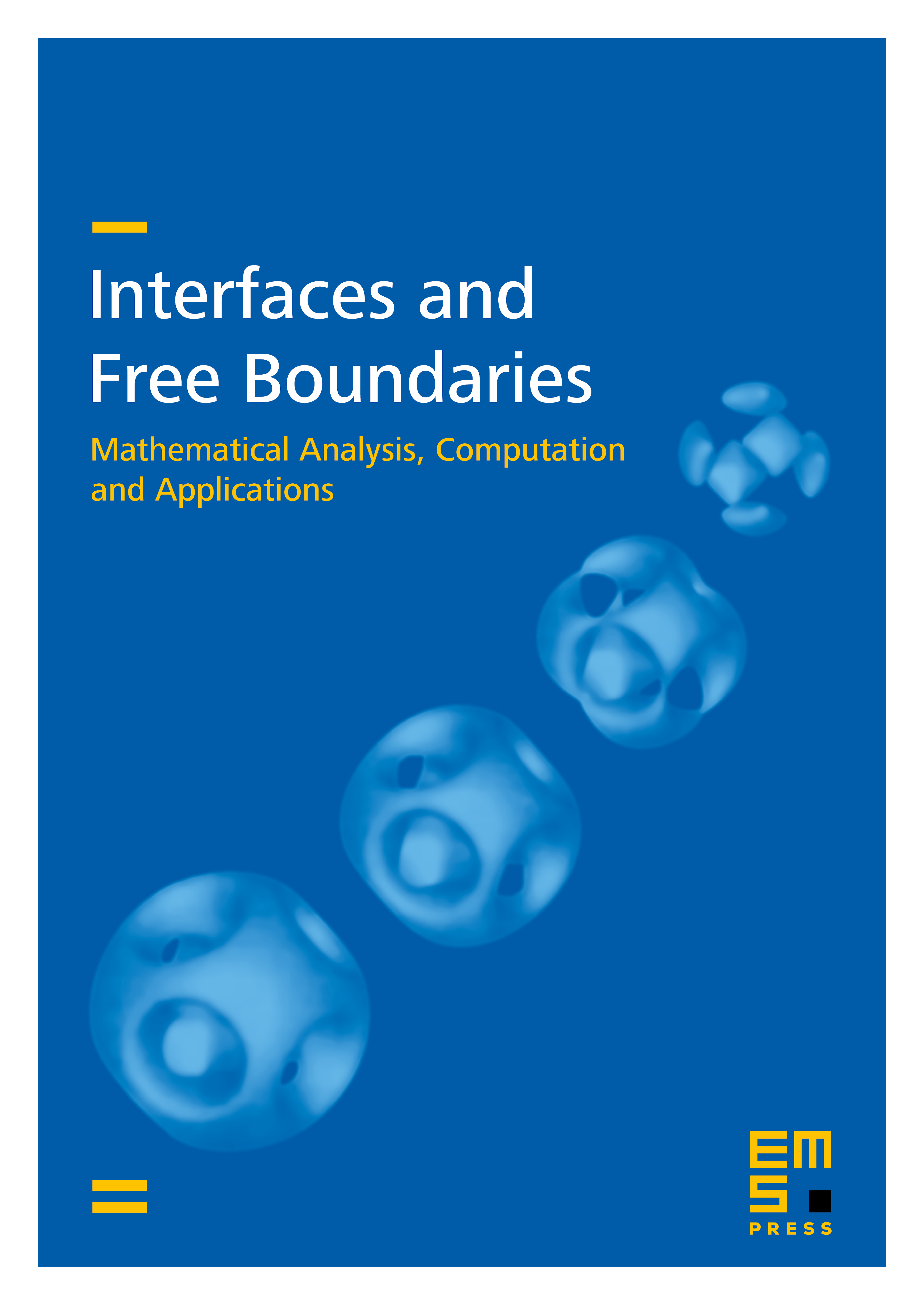Motion by intrinsic Laplacian of curvature
David Chopp
Northwestern University, Evanston, USAJames A. Sethian
University of California, Berkeley, USA

Abstract
In this paper, we discuss numerical schemes to model the motion of curves and surfaces under the intrinsic Laplacian of curvature. This is an intrinsically difficult problem, due to the lack of a maximum principle and the delicate nature of computing an equation of motion which includes a fourth derivative term. We design and analyze a host of algorithms to try and follow motion under this flow, and discuss the virtues and pitfalls of each. Synthesizing the results of these various algorithms, we provide a technique which is stable and handles very delicate motion in two and three dimensions. We apply this algorithm to problems of surface diffusion flow, which is of value for problems in surface diffusion, metal reflow in semiconductor manufacturing, sintering, and elastic membrane simulations. In addition, we provide examples of the extension of this technique to anisotropic diffusivity and surface energy which results in an anisotropic form of the equation of motion.
Cite this article
David Chopp, James A. Sethian, Motion by intrinsic Laplacian of curvature. Interfaces Free Bound. 1 (1999), no. 1, pp. 107–123
DOI 10.4171/IFB/6